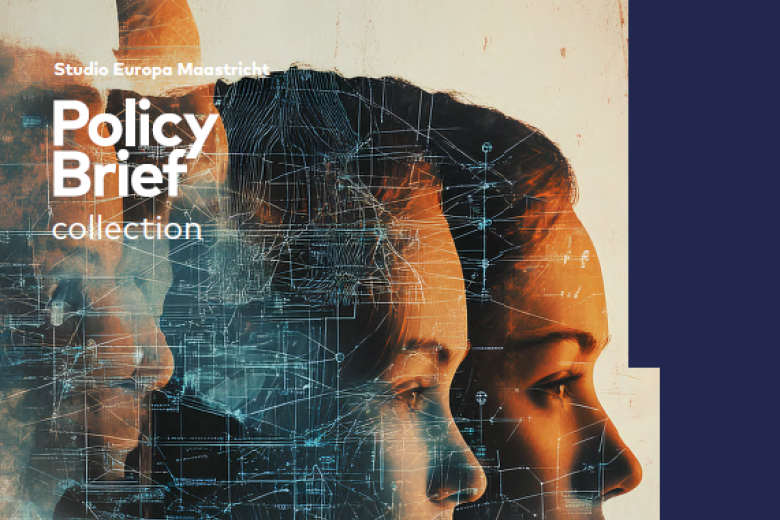Involving citizens in research
Raise your hands if you’d be happy to spend your free time categorising illustrations about microscopy in the 19th century. Because this is the internet, there are actually quite a few hands in the air now – if not necessarily yours. FASoS scholars Lea Beiermann (Worlds of Wonder) and Susan Schreibman (Letters 1916-1923) are providing opportunities for people to utilise their creative potential to experience research and contribute to it.
Microscopy under the microscope
It’s a bit niche – but thanks to the internet, you can upscale that niche. For her PhD at FASoS, Lea Beiermann looks at microscopy illustrations from 19th century science magazines. “The project looks at the history of microscopy and how it played into the diversification of scientific disciplines. It has always been very interdisciplinary: doctors, geologists, biologists – all have used microscopes and worked together to set up societies and launch journals.”
To identify the illustrations and understand how they travelled, i.e. how they were reproduced in a time before copyright law was an exact science, Beiermann has used Zooniverse, an online platform that allows volunteers to be actively involved in research. While Zooniverse originally focused on STEM – only 6 out of 99 projects are categorised under Art – her project Worlds of Wonder has already attracted more than a thousand volunteers.
Not delegation, but co-creation
During an internship at the University of Leicester, Beiermann had worked on Science Gossip, a citizen science initiative where more than 10,000 volunteers have identified and classified more than 150,000 pages of scientific illustrations from Victorian periodicals. The metadata – tags identifying the illustrator, subject, periodical, publications date, etc. – make it possible for historians to search and study the vast collection of images.
“I really enjoyed being a part of this initiative and I wanted to do something similar for my PhD project.” Beiermann relishes in the interaction, the sense of co-creation. However, a great deal of effort is required to honour people’s investing their time and talent. “Communicating at eye-level takes time – you have to answer questions, respond to feedback and communicate results, so no one feels neglected.” A little appreciation goes a long way – and has had many benefits.
Exult in unexpected expertise
“I’ve been made aware of things I wouldn’t otherwise have considered - someone had compiled a list of female illustrators for example.” The open discussion has had an impact on the direction of her research – and on her location. It’s been pointed out to her that many American publications contained illustrations of agricultural samples - which is why she has travelled to Washington D.C. to work in the archives of the US Agricultural Department.
From offering access to collections to direct contact with the centuries-old societies that published the journals she studies, an open, digital approach to research has many upsides. “We reached out to the Quekett Microscopical Club in London via Twitter to identify a specimen we were struggling with – and they got back to us really quickly.” There is clearly a lot of energy and expertise out there – and a willingness to share for just the love of the subject.
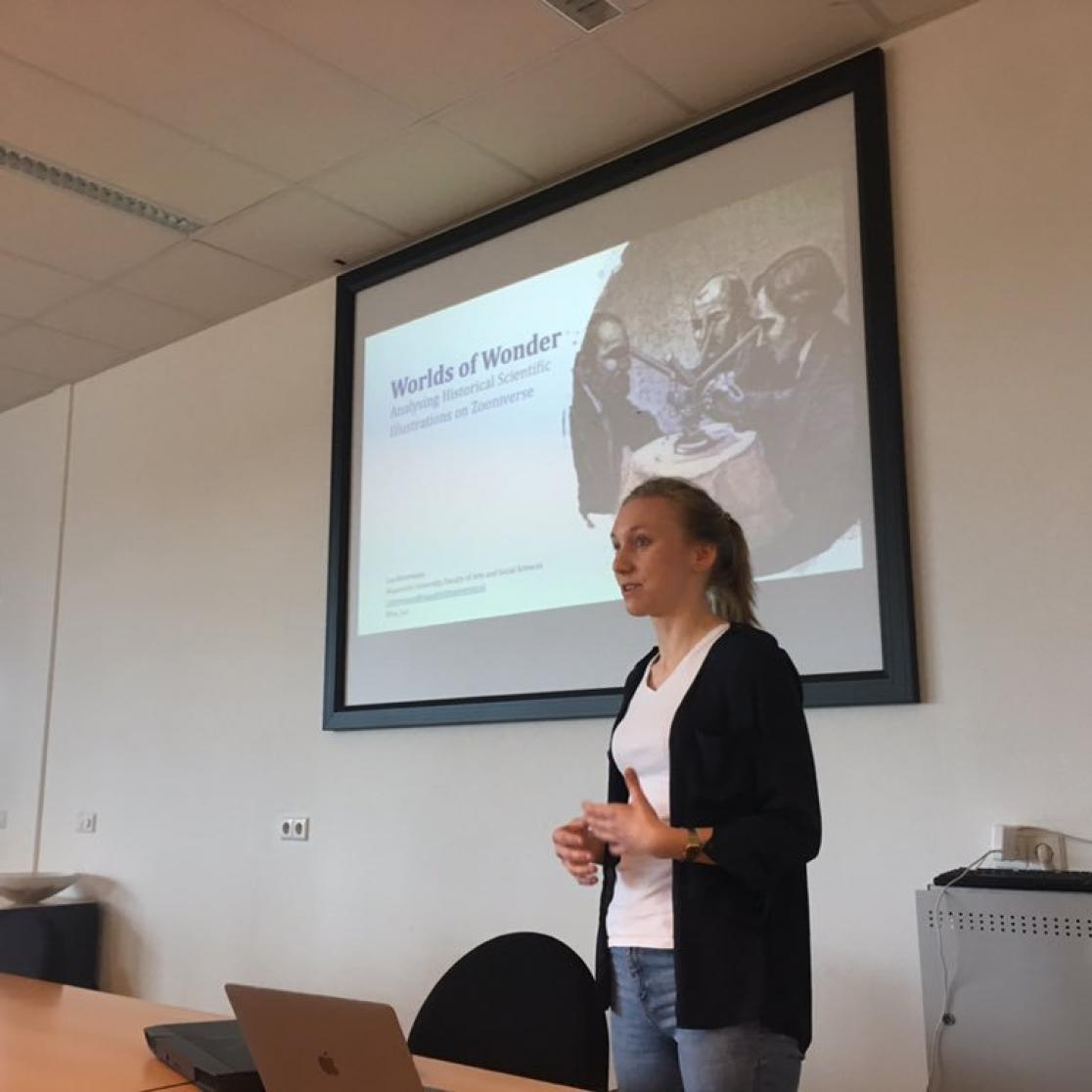
For her PhD project, Lea Beiermann asks volunteers to help identify and classify illustrations in microscopy publications.
Worlds of Wonder
Magical manuscripts
Professor of Digital Arts and Culture Susan Schreibman has had similarly positive experiences with her project Letters 1916-1923. “I collect letters about Ireland from this important time in history – and make them publicly available to be transcribed.” She has built a database of more than 6000 letters – some way short of big data but still too many for just one scholar. So far, she has managed to involve more than 2500 volunteers to transcribe and categorise the letters.
Trying to use AI and handwritten text recognition is missing the point. “I want people to have closer contact with the manuscripts. There’s something about learning to decipher someone’s handwriting and following their thoughts: you develop a different relationship with the author.” That way Schreibman wants to share what she regards as a scholar’s privilege: the thrill of working in an archive with originals – rather than just secondary sources like history books.
In touch with history
As a literary scholar who began her academic career with an annotated book of poetry, Schreibman has always worked with manuscripts. She speaks of their materiality and emotional charge with great affection: “Letters are such wonderful documents! You see the stress in people’s handwriting, you see deletions, you see when paper was scarce and people wrote in the margins – you understand so much more about the person, the time.”
Beiermann agrees. During her research stint in the US, she stumbled across the diaries of Richard Beck, a young 19th century microscope manufacturer. “He writes about the microscope manufacturers he was visiting but it’s also a travel diary and a coming-of-age story. I was going through his notebooks and some pressed leaves were falling out. It was literally pieces of history falling into my lap. That’s part of the magic of working in archives.”
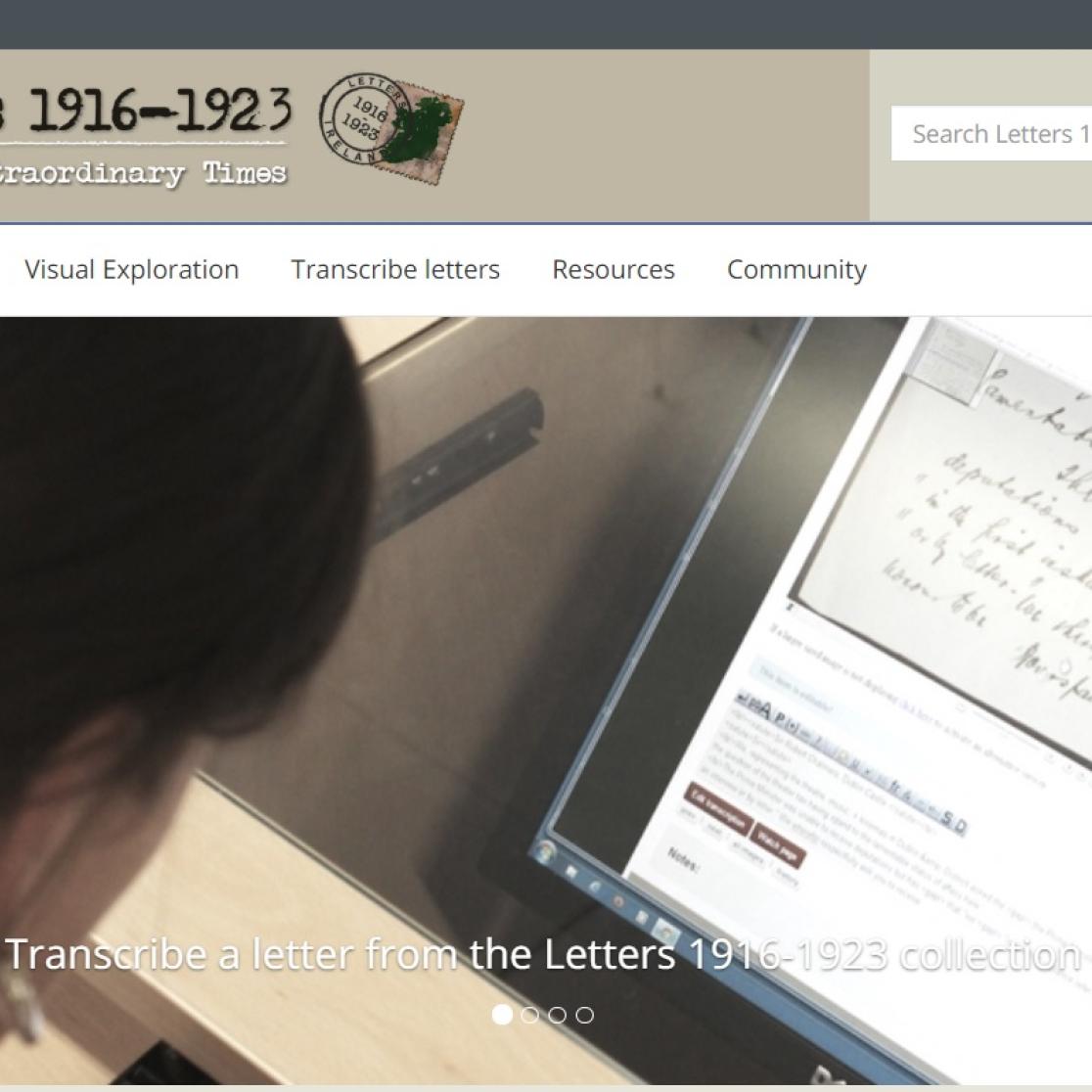
Professor of Digital Arts and Culture Susan Schreibman is the Project Director and Editor-in-Chief of Letters 1916-1923 , Ireland’s first participatory digital humanities project.
Involving people
For Schreibman, digitised, searchable sources obviously make scholarly work easier; metadata allows her to ask different questions of the corpus. Mostly though, she can involve people she wouldn’t otherwise reach. “We live in an increasingly participatory culture. People want to contribute, not just receive.” She is adamant that the increase in reach does not necessitate compromise when it comes to intellectual sophistication.
“You absolutely don’t have to dumb it down. It’s about clear communication, which it always should be anyway, and about setting it up in a user-friendly fashion.” By the time Schreibman and her team proof the transcripts there is not much left to fix – and the crowd power goes further than that: “When we come across a letter in Irish, we used social media hashtags that the language community would understand – and had a translation within minutes…”
Schreibman adds that this is especially important in the humanities: “Departments get closed and no one objects because no one knows what we do. “Creative artists work in the public arena – why should we only speak within our small academic communities?”
Also read
-
FASoS awarded NWO PhDs in the Humanities grant for project on early bird photography and conservation
We are pleased to announce that Pauw Vos has been awarded an NWO PhDs in the Humanities grant for the project “Narratives of the Nest: Early Dutch Bird Photography and the Visual Construction of Conservation (1890–1940)”.
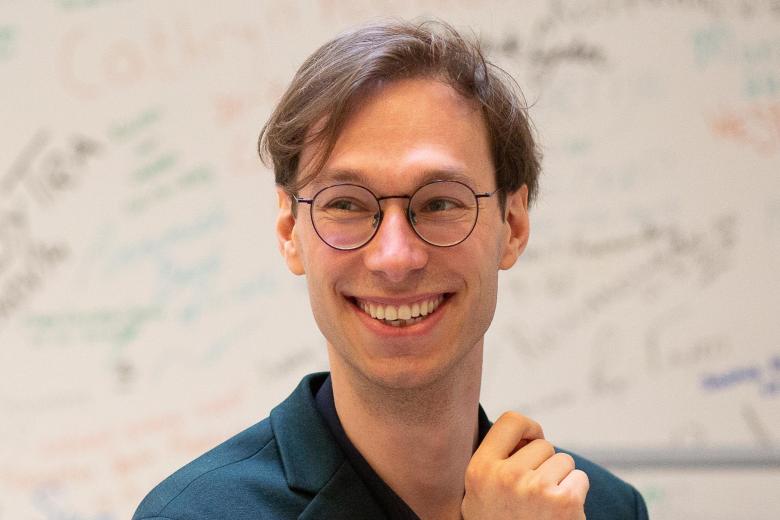
-
Aagje Swinnen awarded NWO Open Competition M
Aagje Swinnen (FASoS) and Sarah de Mul (Open University), have been awarded an NWO Open Competition M grant for the project “Re-Imagining Burnout and the Cultural Narrative of Productive Adulthood through Literature”.
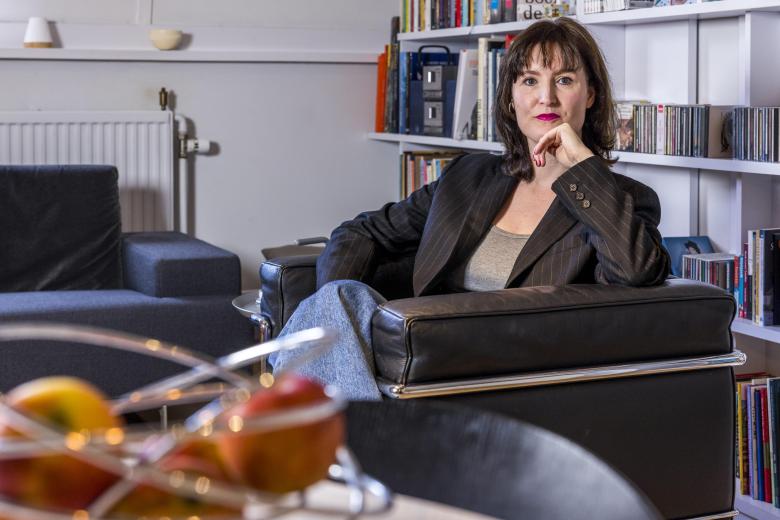
-
Studio Europa Launches Policy Brief Series on the Digital Services Act and Democracy in the Digital Age
On 15 May 2025, Studio Europa Maastricht launched its new Policy Brief Collection on Digitalisation, a multidisciplinary effort exploring how the EU’s Digital Services Act (DSA) shapes our digital future.
